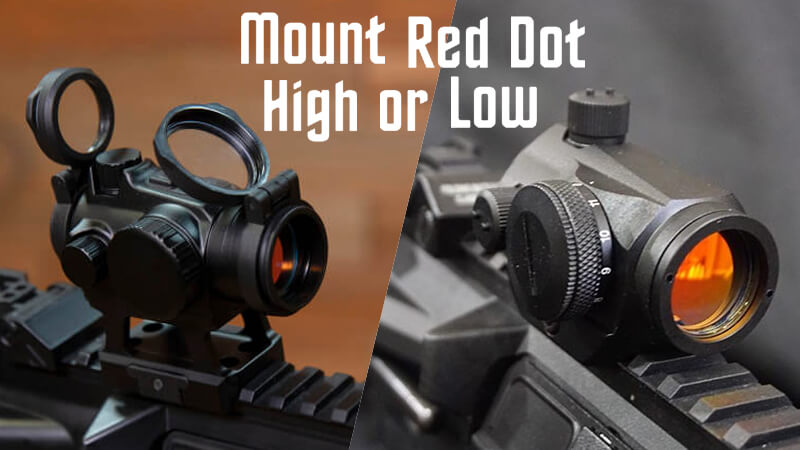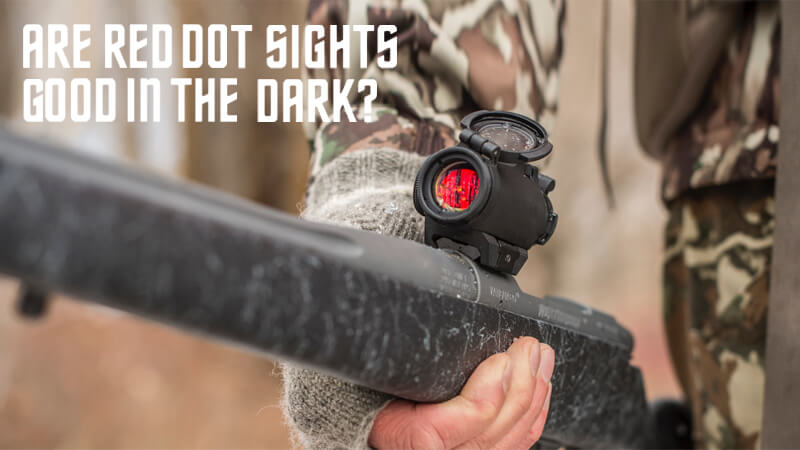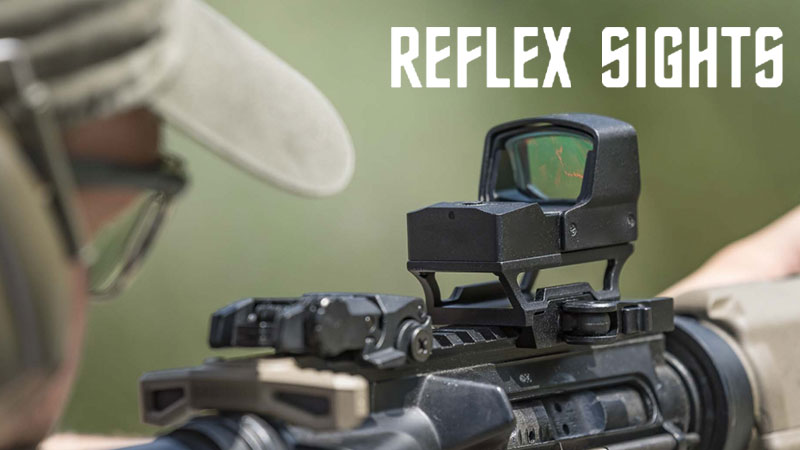When choosing a rifle scope today there are more reticle options than ever before. One thing that can certainly be difficult to understand when purchasing a rifle scope is focal plane. These days reticles come in multi-focal plane designs so I’m going to go over some of them with you here in the article to hopefully make it clearer what focal place is and what it does.
First and second focal plane scopes are distinguished by the placement of the reticle in front or behind the magnification adjustment. This allows the reticle to zoom in or out through the full range of magnification or to stay the same.
What is a second focal plane scope
The most common focal plane design that you will encounter is second focal plane, or as some people like to call it rear focal plane. What that means is the radical is literally placed behind the magnification adjustment. Now, when the reticle is placed behind the magnification adjustment that means when you change your magnification and you grow (or zoom in on) the size of your target or you shrink the size of your target your reticle size never changes, it always stays the same size.
The advantage of this is that your reticle is always visible, regardless of the magnification setting you are using. This makes it very easy to get on target because you can see your reticle very clearly.
The disadvantage is that if you happen to have trajectory compensation in your reticle design the subtensions or those holdover values are only going to be accurate on one magnification setting which is usually high power.

How to use a second focal plane scope
Using a second focal plane scope is similar to any other scope you used in the past, just remember that when you begin sighting in your scope you will notice that when you zoom in and out (using the magnification adjustment) the reticles (or crosshairs) are not going to change. They will stay consistent through the full range of magnification adjustments. Windage, elevation, eye relief, and parallax adjustment will all be comparable to other scopes.
What is a first focal plane scope
Front focal plane designs (or first focal plane designs) do the complete opposite of rear focal plane scopes. What first focal plane does is put the reticle in front of the magnification adjustment. Now when you grow or shrink your magnification not only does your target size get bigger or smaller your reticle size also gets bigger or smaller in the same exact way.
The advantage is that the trajectory compensation marks are now accurate at ANY magnification. That’s great for when that deer pops out of nowhere and you are on low magnification but still want to take a quick shot. With first focal plane, you will know that at 200 or 300 yards your holdover mark is still accurate. So, you don’t have to crank the magnification up to high power to know that you are going to be dead on.
The only disadvantage of a front focal plane reticle can sometimes be that as you are changing magnification some of the fine detail marks on the reticle can become blurry making them really hard to see. If that’s an issue for you, or you have any issues with your eyesight where maybe it’s hard for you to focus on fine details perhaps first focal plane scope designs are not for you.
Where we see first focal plane used a lot is in competitive shooting, because it is really great to have that flexibility and that dead-on aiming at any magnification and at any range.
We are starting to see first focal plane used more in hunting scenarios. It helps to give you that extra confidence especially as hunters continue to become better and better and start pushing their shooting distances farther and farther. For some front focal plane reticles are a great option.
That’s why Arory started putting them in their new tactical rifle scopes.

How to use a first focal plane scope
Using a first focal plane scope is similar to any other scope you used in the past, just remember that when you first start sighting in your scope, you will notice that the reticles (or crosshairs) will change as you zoom in and out (using the magnification adjustment). They will get larger or smaller as you adjust the magnification. Windage, elevation, eye relief, and parallax adjustment will all be comparable to other scopes.
What is a dual focal plane scope
Some exciting new technology is dual focal plane scopes. It’s basically a hybrid of a first and second plane, where there is a center aiming point that’s usually bright and large and located in the rear focal plane. That means it will never change size. While the crosshairs are located in the front focal plane so when you zoom in and out, they are growing and shrinking with your magnification range.
So again, your holdover points are going to be accurate. Where this is awesome is in competitive shooting where you have a target at a close range (maybe 30 yards) that front focal plane in the center gets you on target supper fast and accurate. Then imagine all of a sudden you swing to the right or left and you have to start engaging targets at 300 yards. Even if you’re on a low magnification setting, this is perfectly fine because of the other focal plane.
Is a first or second focal plane scope better?
There are a ton of options out there these days, to really understand and appreciate different focal point options you need to get out to the range or a gun shop and play with them. Hold the scope up to your eye and play with the magnification adjustment so you can see for yourself what better suits your needs.
The shooters at Arory tend to lean towards first focal plane when purchasing a scope but really it’s all about preference, there is no right or wrong when it comes to focal plane.








Leave A Comment
You must be logged in to post a comment.